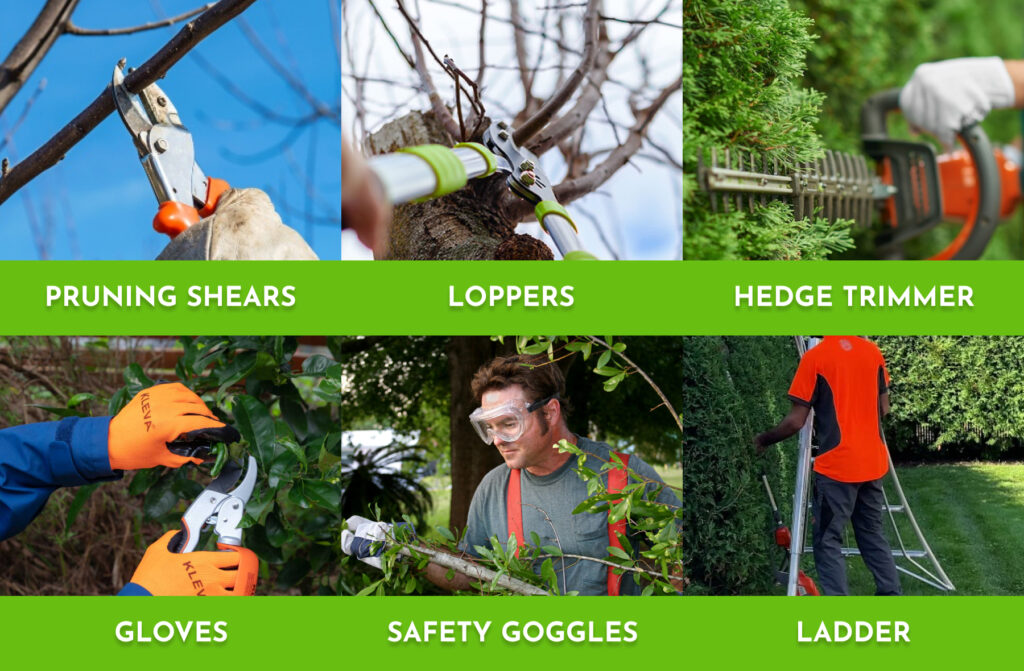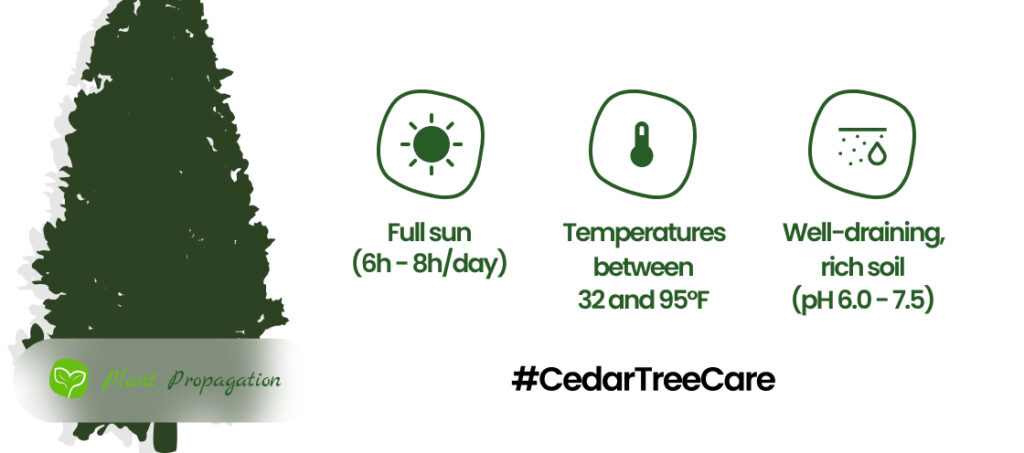
Pruning cedar trees isn’t just about maintaining appearances; it’s a key aspect of ensuring their health and vitality. In this guide, we’ll walk you through the essentials of why, when, and how to trim cedar trees, ensuring they thrive and add beauty to your outdoor space.
Why Do You Need To Trim Cedar Trees?
First things first – why bother pruning those lovely cedar trees? Well, it’s not just for the aesthetics, although a well-pruned cedar can certainly enhance your landscape. It promotes overall health, encourages new growth, and helps prevent diseases. By removing dead or diseased branches, you’re essentially giving your cedar a fresh start.
Trimming cedar trees is also a game-changer for their appearance. It allows you to shape them according to your preferences, ensuring they don’t overshadow your garden or house.
The Best Time to Prune Cedar Trees
The ideal seasons for pruning cedars are late winter and early spring. Why? Well, during this time, cedar trees are in a dormant state, which means they’re less stressed by the pruning process.
Avoid pruning in extreme weather conditions, be it scorching summer or freezing winter, or wet weather. Cedars prefer a comfortable atmosphere when transforming. So, wait for the right season, and your cedars will thank you with vibrant, healthy foliage.
The Tools You’ll Need
Now, let’s talk tools. The most important thing here is to sanitize and sharpen everything you want to cut with. Dirty and blunt tools can not only damage your tree but also infect it. Wipe down your tools with rubbing alcohol before and after each use. This is what you’ll need.
- Pruning Shears: Essential for precise cuts on smaller branches.
- Loppers: Ideal for tackling thicker branches with ease.
- Hedge Trimmer: Perfect for shaping and maintaining the overall structure.
- Gloves: Sturdy gloves protect your hands during snipping away branches.
- Safety Goggles: Shield your eyes from debris and potential hazards.
- Ladder: Ensure a sturdy ladder is on hand for reaching higher branches safely.

Cedar Tree Pruning Basics
Now that you’re armed with the right tools, let’s take a look at the basics of cedar tree pruning. These are the rules you need to keep in mind.
- Focus on the problematic areas: Identify spots with dead or overgrown branches that need attention. This will be your main focus during pruning.
- Clean Your Shears & Keep Your Tools Sharp: Just like we said before, you need to give your pruning shears a good clean regularly to keep them free from germs. Don’t forget to sharpen them too to ensure they make clean cuts.
- Moderate Top Trimming: Avoid going overboard on the top; moderation is key for a healthy tree.
Pruning Cedar Trees Step-by-Step
Now, let’s get into the nitty-gritty of pruning cedar trees. It’s a step-by-step process that, when done right, leaves your cedar looking fabulous. Follow these simple steps:
- Take a look at your tree’s structure: Begin by evaluating the overall structure of your cedar tree, identifying areas that require your attention. Decide on the size of branches to be pruned, focusing on dead, damaged, or overgrown areas.
- Make a Cut: Using precise cuts, carefully remove the identified branches. Safely detach the cut branch, so you won’t damage the tree.
- Repeat the Process: Rinse and repeat, moving systematically through the tree, focusing on one branch at a time.
- Clean Up: Clear away the pruned branches and any debris, leaving the area around the cedar tree tidy and well-maintained.
Deep Root Pruning for Cedar Trees
Deep root pruning is basically cutting off branches that grow from the base of the tree. You can do this in late winter. Trim away low branches to allow more sunlight and water to reach the upper parts. This not only makes your cedar look better but also makes staking for a taller, straighter tree easier. Just keep in mind, only stake your cedar if it’s soaking in at least six hours of sunlight daily – think of it as finding the perfect sunny spot for your cedar to thrive and stand tall.
Aftercare
Once you are done with pruning, there are a few things you can do to help your tree to bounce back faster & healthier. The first thing to do if you cut a larger branch off is to use wound sealant. This will help your tree to heal faster and avoid infections. The second thing to do is to mulch which helps to regulate soil temps for your tree.

Frequently Asked Questions
When to prune cedar trees?
The best time to prune cedar trees is in their dormant season: late winter or very early spring. This way you can avoid infections and pests. Just make sure you are done before new shoots start to appear.
Can I trim cedar trees in the summer?
Light trimming can be done in the summer, but proper pruning (when you remove dead and diseased branches too) should always be done in the dormant season: late winter or early spring.
Should I cut the brown off cedar tree?
You should cut off any diseased branches when you see them. Remember that if your cedar tree has root rot, there is not much you can do to save it, but removing dead and browning parts can help keep rot from spreading to your other trees.
What is the best tool for trimming cedars?
Power pruners or Hedge Trimmers are the best tools if you want to prune your Cedar.

